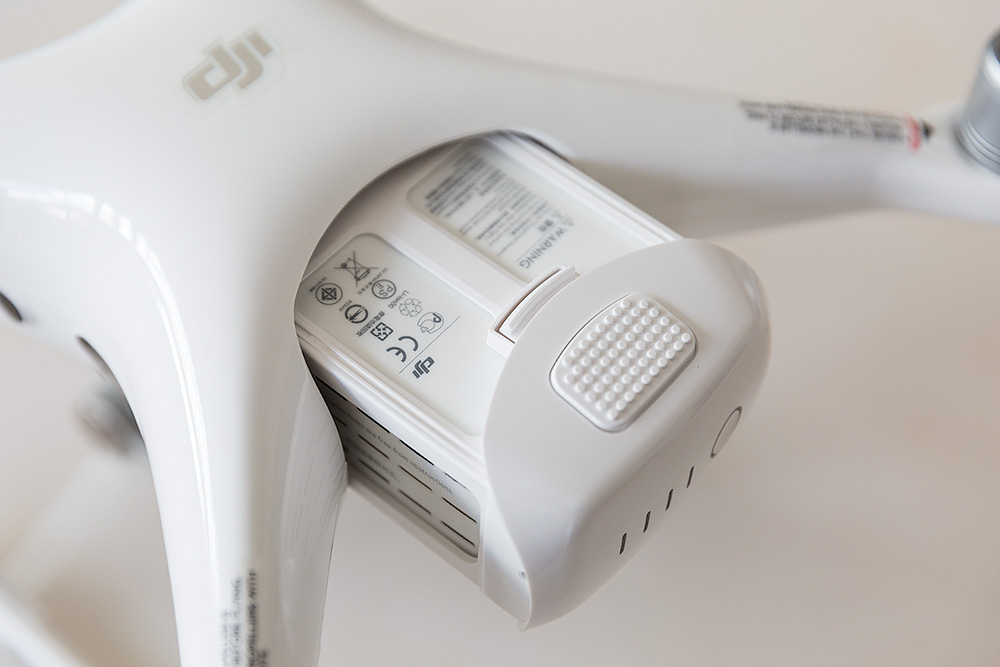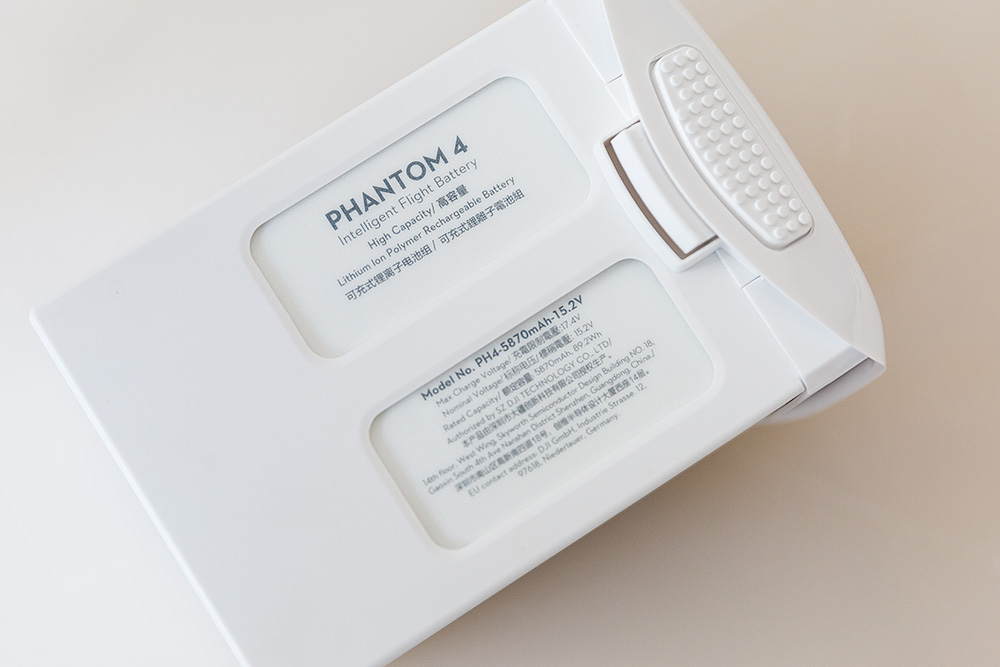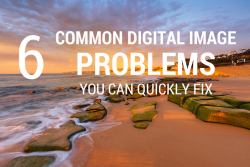So if your new to Drone life the sure way to quickly end it is to not look after your batteries and give them a short life span or worse still have the battery fail on you mid flight and it takes a one way ticket to the ground.
When I got my DJI Phantom 4 Pro the guys at Camzilla included a great leaflet that was titled “Getting the most out of your LiPo Batteries and I wanted to share it with you and expand on a few things from my own experience. There are four main points they covered.
Number 1. When storing your batteries for any longer than 4 days make sure they have about 50% charge.
If you have a DJI battery this would be when your drone battery is showing two green lights out of the four. The reason for doing this is storing your batteries at 100% can cause them to swell and puff which will cause the battery casing to split. I had this happen to the LiPo battery I had for my radio control car that I had fully charged and then 5 minutes into driving I smashed it into a wall and snapped the front chassis plate, anyway it put away for over a month and when I finally got it fixed the battery had split. At the time the battery would have been stored with at least 80%+ charge. So this is an excellent tip.
Number 2. Never run your standard LiPo Battery completely flat or below 15%.
Your standard LiPo battery is made to give optimum performance for the size it is. With this kind of technology comes the down side where the battery needs to be charged, stored and disposed of correctly. With a standard LiPo battery draining it completely can cause irreversible damage. (Not sure why this is the case, but that’s why they suggested.”

Number 3. Store your Batteries in a Clean, Dry, Cool place.
With LiPo batteries they should not be stored in the craft or they should not be stored when connected to the charger. (My DJI Phantom 4 Pro came with the battery half charged with the battery in the machine). Personally for me I keep the charged battery in the unit. But I guess in point number 1 should that charged battery swell in the unit then that could cause permanent damage to the machine and I have not just lost a battery but the drone as well. (I just went and removed the charged battery from my drone.)
Hot or Cold LiPo batteries can also diminish the flight time as well of your drone. If in a cold climate keep the batteries in your jacket using your body heat. For hot batteries dont do things like leave them in the car or your in direct sun. Keeping your LiPo batteries in a special fireproof bag like the Lipo Safety Guard Fire Resistant Safe Bag for DJI Phantom 3 Phantom 4 Battery is probably a good idea, especially if your going to keep your drone in hot or cold environments.

Number 4. For "Intel Batteries", fully discharge them every 10 charging cycles.
Unlike the standard LiPo batteries with the DJI Intel batteries it is recommended that after the 10th time you have charged the battery that you do a full discharge. For the Phantom series this is done by flying the drone at a hovering height close to the ground until the battery runs totally flat and it auto lands and then leaving the drone on until the battery turns itself off.
You can then charge the battery to 50% for storage or 100% for use. This process allows the battery to properly calibrate it’s reading of the amount of charge remaining. This applies solely to the DJI batteries with protection circuits. So if your not sure with your battery type with your drone then do your research or if in doubt dont do it.
A few extra things to keep in mind.
- When charging your batteries make sure they are still not hot / warm from use. Let them cool down.
- Don’t leave your charging batteries unattended and keep them charging in a safe location so should they ever get hot or malfunctions the fault will not assist a fire. ie. Charging your batteries laying on carpet.
- Always use the recommended charger for your drone battery. For the DJI drones the charger is specific for their battery, should your drone take a universal battery then you might want to familiarise yourself with knowing your LiPo battery well. This seams like a great article about LiPo batteries, their markings and the do’s and dont’s.
- If you have bought yourself a second hand drone it might be a good idea to buy yourself a new battery as you don’t know the history of the battery you have and how it can be treated.
- Should your battery catch on fire the kind of fire it will cause is a Class D fire. “Class D fires are fires in combustible metals such as potassium, sodium, aluminum, and magnesium.” The most effective way to fight class D fires is with dry powder extinguishing agents because they absorb heat and smother the flames, cutting off oxygen. By removing these two essential elements of the fire, the fire will be put out safely and rapidly. Do not fight the fire with water, this will only accelerate the fire and make it spread.
- Always read the manual. Give the shop you bought the drone off a call and ask if you have any concerns.
Wrapping it up...
99% of everything here is common sense and sometimes people need to read or hear it. Over the years seeing peoples images on Facebook and Instagram you often read how someone lost their drone and most of the time it is due to a battery failure. Loosing your drone is one thing, hurting or killing someone from a failure that could have been prevented from proper battery care is unforgivable.
Please feel free to post any questions you might have about this article, points you think need to be added or adjusted. I’ll do my best to answer the questions you have to the best of my ability or someone else might post and answer them as well.












